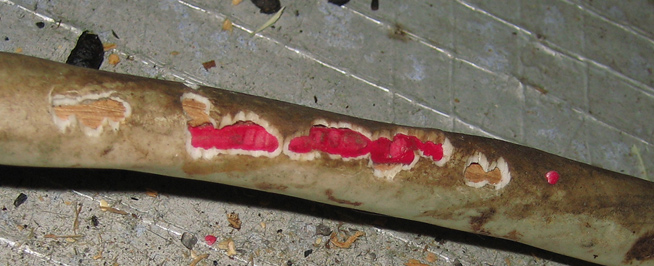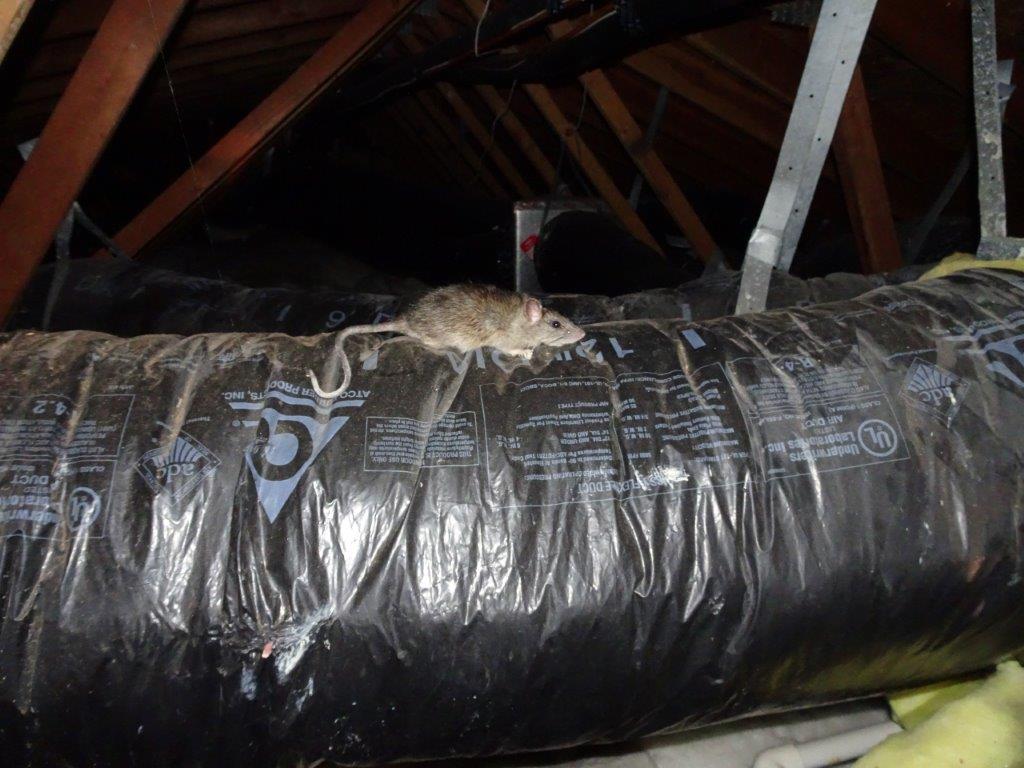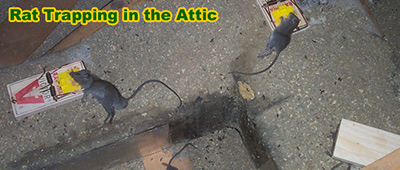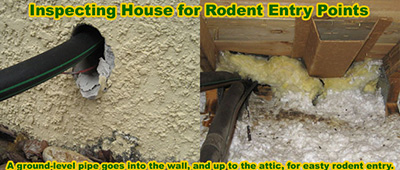Need professional rat help? What does it cost? Go to the home page
Basically everything ... that's the answer to this question. There are very few materials that rats can't chew through, and that's what makes getting them out of your home, and then keeping them out of your home, quite an impossible task. That is, of course, unless you have the right materials and the right information. You are going to find that right here.
You might not like to hear this, but rat-proofing your land is actually impossible. You can rat-proof your home, but even then, there are still going to be tiny patches of damage and holes that you might not spot. Don't berate yourself too much. This happens. These cheeky rats have a habit of outsmarting humans, even though we don't like to admit it.
Find out: Do rats jump? How high or how far?
On the scale of “toughness” - the Mohs Scale, which actually measures the hardness of minerals and gemstones, rat teeth actually weigh in around 5, out of the scale of 1 to 10. This makes rats teeth about as “tough“ or “hard" as copper or iron. This means, in turn, that rats will have no problems at all working their way a whole host of materials, including asbestos and cinder blocks, wood, cement, lead, aluminum, brick and plastic. That's basically every material that makes up your home, and should also give you a little understanding on how easy it is for the rats to break into your home.
Learn more: Diseases caused by rat urine
When looking at keeping rats out of your home, replacing damaged materials and repairing broken sections, make sure you use materials that we have no listed. Aluminum flashing can be used, but we would advise using it in conjunction with other things - steel mesh wiring, for example, or a good polyurethane sealant. This is what stops the airflow, and if a rat can sense airflow, they'll soon realize they can break in.
Go back to the Rats in the Attic home page.

When a rat decides to get into your home, they will do everything they can to make that happen. If you have ever thought about rat-proofing your home, you may be surprised at what materials a rat can actually chew through. There is quite a list to consider.
Once a rat gains entrance to a location that has a steady supply of food, such as a home or a barn, they will not leave unless they find something better. The quickest way for a rat to gain entrance into the home is through the doors leading to the home, the garage doors, an open window to the home, broken pipes, or any type of opening leading to the inside of the home. While these are the most common, they are not the only way.
A rat can chew through whatever it wants to in order to enter a home. A rat can chew through
- Plastic
- Wires
- Leather
- Wood
- Books
- Cloth
- Brick
- Wool
- Asbestos
It is plain to see that a rat can chew through just about any type of material as long as the material isn’t too bulky to do so. They will chew for as long as they need to in order to break through the material and move on in. They are mostly motivated to aggressively chew if they smell food or an aroma that reminds them of food.
Materials that Rats Cannot Chew Through
There are a select few materials that a rat cannot chew through. There are factors to consider in order to make them rat proof.
Stone
Because a rat cannot eat a rock, stone makes a great barrier between your home and a rat. While you cannot possibly line your walls with stone, you can add stone to the floor. Not only is it stylish and chic, but it is also rat-proof.
Concrete
Concrete that is very thin can be chewed by a rat, however, if the concrete is solid, then there is no way that a rat will continue to chew on it to make a breakthrough. They will find another way to enter the home and get what they want out of the adventure.
Metal
There are several ways to add metal to your décor in order to make it look good and become rat-proof. Rats cannot break through metals in any direction so no matter how thick the metal is, you won’t see a rat come through it.
Make your home secure when you start a new home project, so you won’t give the rat any chances to sneak in. Check your attic occasionally, to eliminate the possibility that they are up there sleeping and nesting. When a rat finds a place that is warm and helps to feed them, they will not leave very easily. If you see a nest or rat feces around your home, you will want to get rid of them immediately. If you need to eliminate a rat from your home, you can call and speak to a professional who can assist you with that removal.








